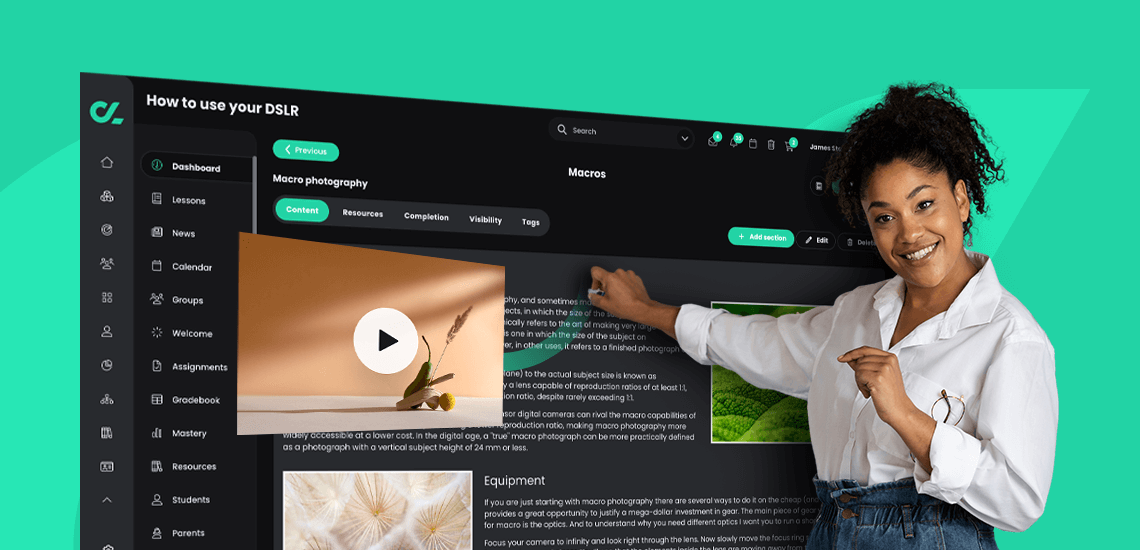As hybrid learning models continue to shape the future of education, striking the right balance between technology and pedagogy has become crucial. This approach ensures that technological tools enhance, rather than dictate, the learning experience. Here's an updated exploration of why putting pedagogy first and technology second is key to the success of hybrid classes.
The primacy of pedagogical objectives
Foundational insight: At the heart of any successful educational endeavor are well-defined pedagogical objectives. These objectives should guide the selection and implementation of technological tools in the hybrid classroom. It's essential to start with clear learning goals and outcomes, then explore how technology can support these aims, rather than adopting new tech for its own sake.
Tailoring technology to enhance learning
Strategic integration: The vast array of available edtech tools offers endless possibilities for enhancing hybrid learning. However, the effectiveness of these tools depends on their alignment with pedagogical strategies. Educators should select technologies that offer meaningful interaction, personalized learning paths, and opportunities for collaboration, ensuring these tools are integrated in ways that enrich the curriculum and engage students.
Fostering engagement and interaction
Engagement-centric approaches: In a hybrid environment, maintaining student engagement can be challenging. Pedagogy-first approaches focus on interactive and collaborative learning experiences, using technology as a means to facilitate discussion, teamwork, and active learning. Tools like virtual break-out rooms, interactive polls, and collaborative online projects can support these pedagogical goals, making learning more dynamic and participatory.
Navigating the digital divide
Inclusive practices: A pedagogy-first approach also involves recognizing and addressing the challenges of digital access and literacy. By prioritizing educational goals, educators can identify and implement technologies that are accessible to all students, including those with limited access to high-speed internet or advanced devices. This might involve using mobile-friendly platforms, providing offline resources, or adopting low-bandwidth tools to ensure that every student can participate fully in hybrid learning.
Empowering educators through professional development
Continuous learning for teachers: To effectively put pedagogy first, educators themselves need opportunities for professional growth that focus on both pedagogical strategies and technological proficiency. Professional development programs should empower teachers to design engaging hybrid learning experiences, offering training on both the theoretical and practical aspects of blending online and in-person instruction.
The path forward with pedagogy and technology
In the evolving educational landscape, the success of hybrid classes hinges on a pedagogy-first, technology-second approach. This philosophy ensures that technological tools are leveraged strategically to meet pedagogical objectives, enhancing the learning experience rather than overshadowing it. As we look to the future, the continuous dialogue between pedagogical innovation and technological advancement will remain central to creating meaningful, engaging, and inclusive hybrid learning environments.
By revisiting and reinforcing the principle of "Pedagogy First, Technology Second," this updated blog post highlights the enduring importance of placing educational goals at the forefront of hybrid learning. As educators continue to navigate the complexities of blending in-person and online instruction, this approach will guide the creation of enriching and effective learning experiences for students across diverse educational contexts.







